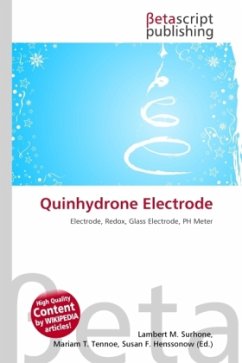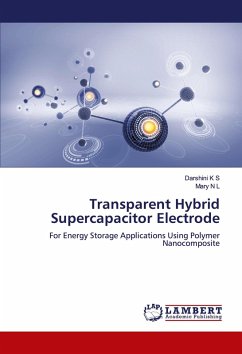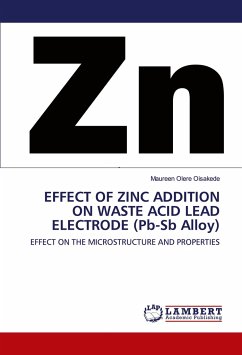In electrochemistry, the standard electrode potential, abbreviated E° or Eo (with a superscript plimsoll character, pronounced "standard" or "nought"), is the measure of individual potential of a reversible electrode at standard state, which is with solutes at an effective concentration of 1 mol dm 3, and gases at a pressure of 1 bar. The values are most often tabulated at 25 °C. The basis for an electrochemical cell such as the galvanic cell is always a redox reaction which can be broken down into two half-reactions: oxidation at anode (loss of electron) and reduction at cathode (gain of electron). Electricity is generated due to electric potential difference between two electrodes. This potential difference is created as a result of the difference between individual potentials of the two metal electrodes with respect to the electrolyte.
Bitte wählen Sie Ihr Anliegen aus.
Rechnungen
Retourenschein anfordern
Bestellstatus
Storno








